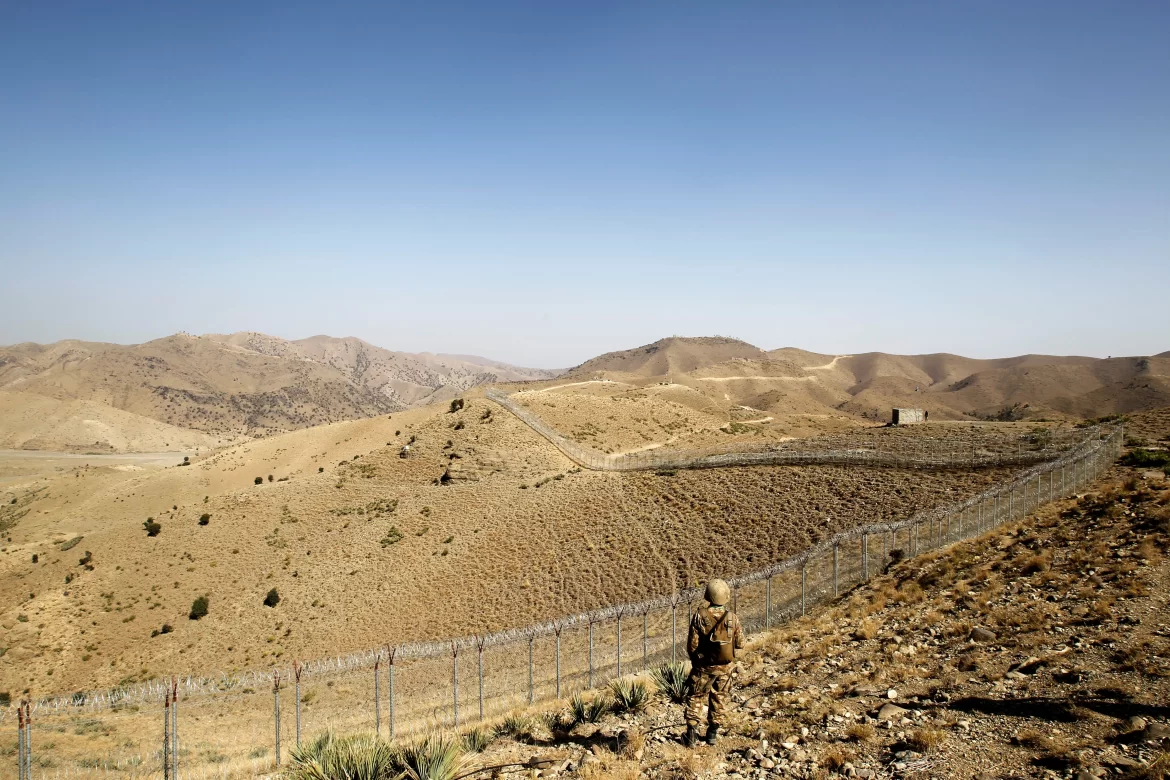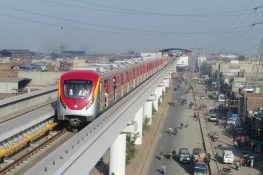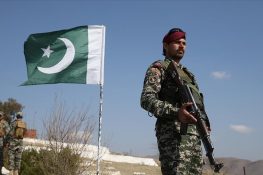A Fragile Border Turns Volatile
The border between Pakistan and Afghanistan, stretching over 2,600 kilometers, has once again become a flashpoint for regional tensions. The Pakistan Afghanistan conflict has resurfaced in recent months, fueled by cross-border attacks, political mistrust, and unresolved territorial disputes.
In early 2025, several incidents of Pakistan Afghanistan border clashes were reported in the Khyber and Chaman sectors, resulting in casualties on both sides. These confrontations have disrupted trade, displaced civilians, and strained diplomatic relations between Islamabad and Kabul.
Historical Roots of the Dispute
The roots of the current standoff go back to 1893, when the British established the Durand Line, dividing ethnic Pashtun regions between Afghanistan and British India. Several Afghanistan–Pakistan border skirmishes over the decades highlight the long-standing tensions that continue to shape the frontier today. While Pakistan recognizes the Durand Line as the official border, successive Afghan governments have refused to accept it as permanent.
This dispute remains a symbolic and political fault line. After the Taliban regained control of Kabul in 2021, hopes for improved Pakistan-Afghanistan relations initially grew. However, as the Taliban consolidated power, border skirmishes and mutual accusations once again began to dominate bilateral dialogue.
Recent Clashes and the Torkham Flashpoint
The most recent wave of violence erupted at the Torkham border, a key trade and transit point. Pakistan recently warned the Taliban that any cross-border attack would be met with direct retaliation, escalating tensions further. Pakistani authorities claimed that Afghan forces fired first, targeting a security post. Kabul officials, however, accused Islamabad of initiating the attack.
These Torkham border tensions led to a temporary closure of crossings, halting trade worth millions of dollars and stranding hundreds of trucks. Humanitarian groups warned that border closures exacerbate economic hardship for communities on both sides.
According to official figures, Pakistan’s exports to Afghanistan fell by nearly 30% in 2024, primarily due to border disruptions and increased security checks.
Taliban Pakistan Tensions and the TTP Issue
A major factor fueling the Pakistan Afghanistan conflict is Islamabad’s growing concern over the Tehreek-e-Taliban Pakistan (TTP). The militant group, responsible for hundreds of attacks inside Pakistan, allegedly operates from sanctuaries in eastern Afghanistan.
Pakistan’s government has repeatedly urged the Taliban to take decisive action against TTP militants, but Kabul has denied harboring them. Officials have also stated that they will destroy militant safe havens used to launch cross-border attacks, signaling a firm military stance. Afghan officials argue that the conflict should be resolved through dialogue, not cross-border operations.
Defense analyst Lt. Gen. (R) Talat Masood noted, The Taliban’s reluctance to act against the TTP is the biggest source of friction. Pakistan feels betrayed, especially after supporting the Taliban diplomatically during their early days in power.
Cross-Border Attacks and Security Concerns
The cross-border attacks Pakistan reports have intensified in 2025, particularly in the Khyber Pakhtunkhwa and Balochistan provinces. Officials claim that militant infiltration attempts are increasing despite enhanced fencing and surveillance along the border.
Pakistan has completed over 96% of its border fencing project, but mountainous terrain still poses challenges. The security situation in Khyber Pakhtunkhwa remains fragile, with attacks targeting security forces, checkpoints, and civilians.
Local residents in the border districts express frustration over repeated clashes and closures that affect trade and mobility. We live between two fires, said Rehman Khan, a shopkeeper in Landi Kotal. Each time there’s firing, markets shut down, and we lose our income.
Impact on Bilateral Relations and Diplomacy
The deteriorating border situation has significantly strained Pakistan-Afghanistan relations 2025. Despite several rounds of talks, both sides remain cautious and defensive. Pakistan accuses the Taliban of providing safe havens to anti-Pakistan elements, while Kabul insists Islamabad must respect Afghan sovereignty.
In a recent statement, Pakistan’s Foreign Office said, Peace on our western frontier depends on the Afghan interim government’s commitment to preventing its territory from being used against Pakistan.
Afghanistan’s Ministry of Defense responded, We urge Pakistan to address issues through dialogue and to avoid actions that escalate tensions.
Diplomats fear that without meaningful engagement, the border could become a permanent conflict zone, undermining regional peace and trade integration efforts.
Economic Fallout and Civilian Impact
Beyond security, the impact of Afghanistan conflict on Pakistan is being felt economically. Frequent border closures have disrupted bilateral trade, reduced customs revenue, and increased smuggling.
According to the Pakistan Bureau of Statistics, formal trade with Afghanistan dropped from $1.8 billion in 2022 to $1.2 billion in 2024, while informal trade has surged. Businesses in Peshawar and Quetta report rising costs and uncertainty.
For ordinary people, particularly traders, transporters, and refugees, the situation is dire. Over 3.5 million Afghan refugees still reside in Pakistan, and new border restrictions have made movement increasingly difficult. Aid groups warn that the humanitarian burden could worsen if tensions persist.
Regional and International Implications
The escalating Pakistan Afghanistan conflict also has wider implications for regional security. A fragile western frontier diverts Pakistan’s focus from economic revival and diplomacy. It also complicates cooperation with neighboring Iran and China, both of whom have vested interests in a stable Afghanistan.
Regional experts argue that the instability could also hinder projects under the China-Pakistan Economic Corridor (CPEC), especially those connecting to Central Asia.
International observers, including the United Nations Assistance Mission in Afghanistan (UNAMA), have urged restraint and dialogue. The UN recently emphasized that continued militarization of the border risks worsening humanitarian conditions and derailing regional development goals.
The Road Ahead: Dialogue or Division?
Despite multiple challenges, analysts believe that diplomacy remains the only viable path forward. Both sides share mutual interests—security, trade, and counterterrorism—but mistrust continues to overshadow cooperation.
Islamabad’s officials maintain that the Taliban government must demonstrate sincerity in tackling militant threats. Kabul, on the other hand, seeks recognition, economic assistance, and respect for its sovereignty.
Dr. Ayesha Siddiqa, a security expert, remarked, Neither side benefits from escalation. What’s needed is confidence-building, intelligence-sharing, and structured dialogue.
Conclusion: A Border at a Crossroads
The Pakistan Afghanistan conflict is a complex mix of historical grievances, militant activity, and political mistrust. Every clash along the border reminds both nations of their intertwined destinies—and their shared vulnerabilities.
For lasting peace, both governments must move beyond blame and build mechanisms for border management and mutual trust. Until then, the shadow of conflict will continue to haunt the mountains and markets that connect the two neighbors.















